Researcher Profile: Geology Professor Dom Ciruzzi studies interactions between trees and the water cycle
Dom Ciruzzi has spent a lot of time watching trees move. More accurately, he’s spent a lot of time measuring tree “sway”: tiny sideways movements by trees that help researchers study a forest’s role in local hydrology and water cycling. Using FitBit-like devices called accelerometers, Ciruzzi, an Assistant Professor in the Department of Geology, is able to monitor the impact that rain events and droughts have on tree movement. And while these trees aren’t exactly marching to Dunsinane, their movements do have implications for stormwater management and drought resistance.
Much of Ciruzzi’s research is based on a simple principle: anything that changes the mass or stiffness of a tree, such as rainwater on the tree’s surface or water uptake from the ground, will cause its sway to change. A heavier, wetter tree will sway back and forth for a longer amount of time than a lighter tree, which will sway faster. Additionally, when a tree’s surface gets wet during a rain event, its sway period will change as water moves from the top to the bottom of the canopy. This change in sway helps scientists determine how much rain is captured by a particular tree. In contrast, on dry days tree sway will change the most in the middle of the day, as the tree loses water internally and begins to “wilt.” Ciruzzi detects these changes with accelerometers, which can also indicate how much water a tree uses over an entire growing season.
Measuring tree sway is just a part of Ciruzzi’s research, which focuses on creating new approaches to monitor water movement through the environment. Using a combination of field and remote sensing methods, Ciruzzi is able to study large-scale connections between trees and the water cycle.
One field method involves taking tree cores, which allow scientists to measure tree ring widths and study interactions between the groundwater system and forests. During periods of water abundance, tree rings widen as the tree creates additional biomass; conversely, trees build thinner rings during drought years. By using tree rings as a dataset, Ciruzzi and Dr. Steve Loheide of the University of Wisconsin-Madison’s Department of Civil & Environmental Engineering have been able to draw connections between forests and groundwater usage. They found that trees in areas of shallow groundwater have enhanced growth when compared to trees in areas with deep groundwater. Most human-measured groundwater and lake level records only extend back a few decades, but Ciruzzi has found that tree ring data correlates well to measured groundwater and lake level data. That means that tree rings could reveal how groundwater or lake levels have changed in an area over long periods of time, extending far beyond the historical record.
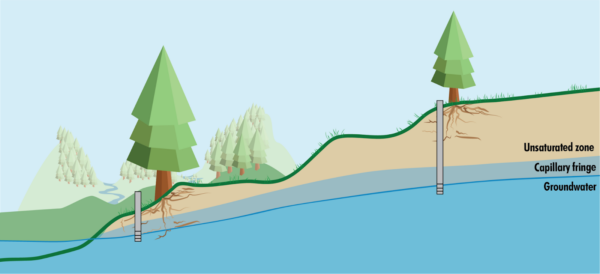
Trees growing in areas with a shallow water table flourish compared to trees in areas with a deeper water table
While this research has clear implications for drier climates, Ciruzzi believes that it is just as important for more humid areas such as Virginia: “There really isn’t a lot of research into the importance of groundwater in these very wet regions, [but] research suggests that droughts are becoming stronger and more frequent in regions where droughts have historically been infrequent.”
A third dimension to Ciruzzi’s research involves using satellite imagery to detect interactions between trees and groundwater. Using ArcGIS, Ciruzzi and his colleagues are able to compare satellite images from areas of a forest with deep groundwater to areas of a forest with shallow groundwater. With a GIS tool called the Normalized Difference Vegetation Index (NDVI), they can compare the “greenness” of the two areas. As one might expect, forests experiencing water stress will begin to decline, becoming less green. Ciruzzi and colleagues found that forests with access to shallow groundwater resources were more resilient to droughts, and in some cases even thrived during drought periods. As Ciruzzi explains, “where trees are able to use groundwater, they are healthier and more resistant to adverse conditions.” Satellite imagery can help scientists analyze drought and the importance of groundwater on a large scale.
Now, how does all of this relate to rocks? As he describes it, Ciruzzi’s interests are highly interdisciplinary. “I use trees as a way to measure and monitor changes to the water cycle, because trees and water are inextricably linked – any changes to the water cycle will change something about trees. I think as our understanding of geology is changing, these spaces are being created that link geology to all these other aspects of our society.” Plus, Ciruzzi likes having a home in the Geology Department. He’s currently wrapping up teaching his GEOL 101 and GEOL 350 Earth Science for Environmental Justice courses, an experience that he says has been “amazing.” He is continuing his research in the Williamsburg area, working with undergraduates to study groundwater-surface and groundwater-tree interactions, as well as the influence of geomorphological changes in urbanized streams on tree rings. Ciruzzi has also begun collaborating with the Colonial Williamsburg Foundation, using geophysical tools to identify unmarked graves in the Historic Area.


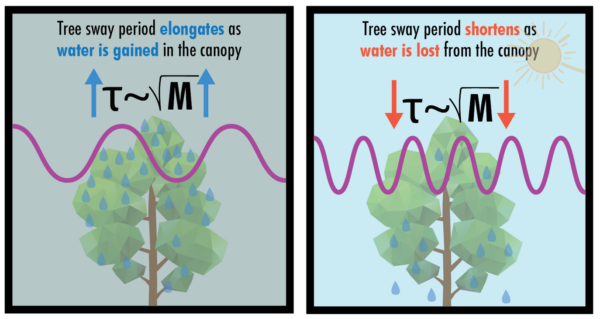
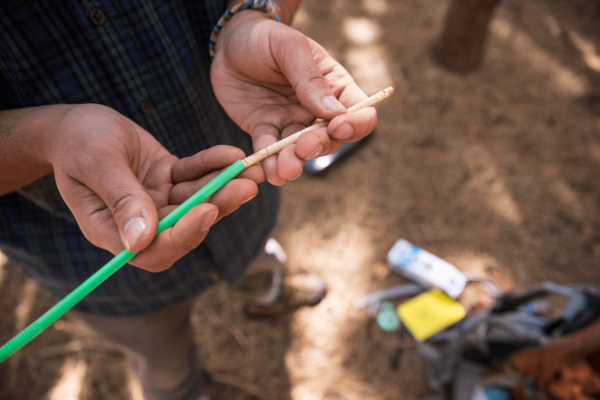
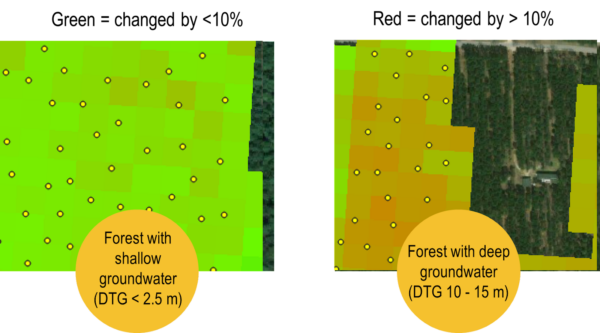
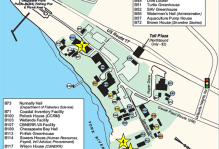


No comments.
Comments are currently closed. Comments are closed on all posts older than one year, and for those in our archive.